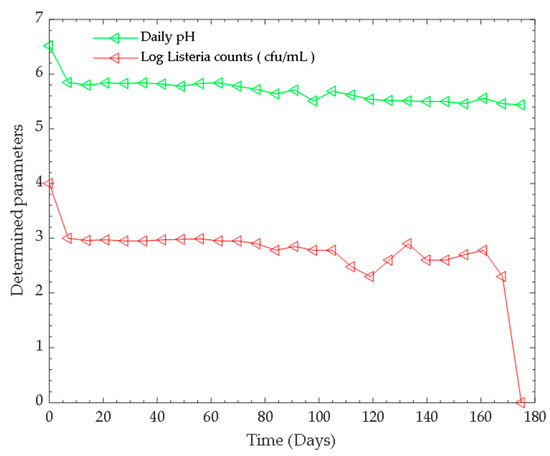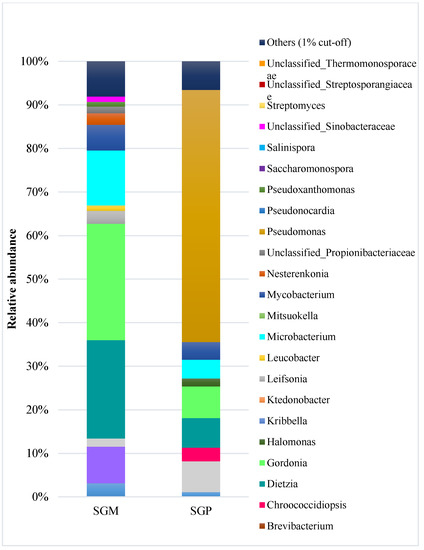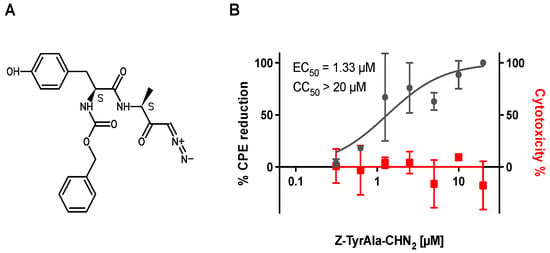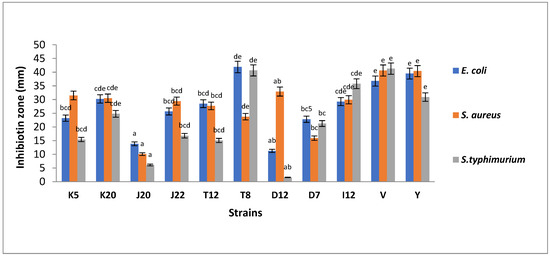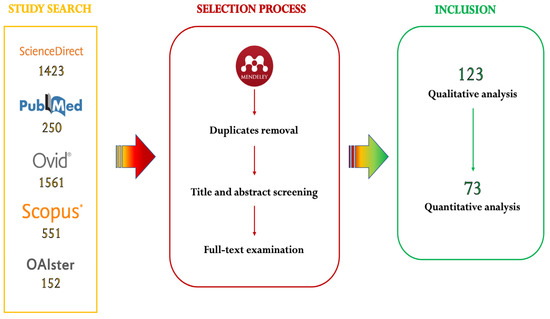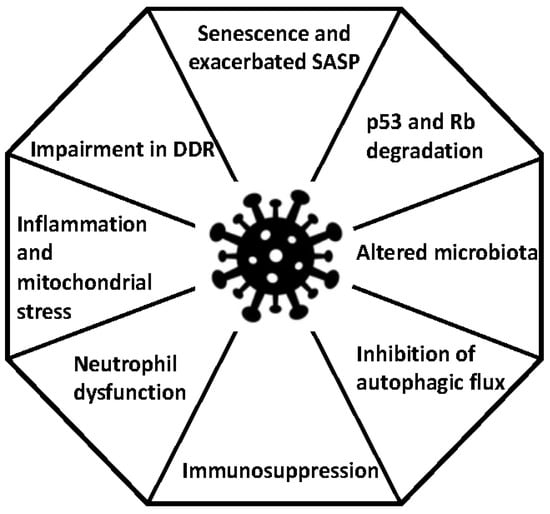1
Phytopathology Unit, Department of Plant Protection, Ecole Nationale d’Agriculture de Meknès, Km 10, Rte Haj Kaddour, BP S/40, Meknes 50001, Morocco
2
Unité de Recherche Résistance Induite et Bio-Protection des Plantes-EA 4707-USC INRAE1488, Université de Reims Champagne-Ardenne, 51100 Reims, France
3
Faculté Poly-Disciplinaire de Nador, University Mohammed Premier, Oujda 60000, Morocco
4
Plant Protection Laboratory, Regional Center of Agricultural Research of Meknes, National Institute of Agricultural Research, Km 13, Route Haj Kaddour, BP.578, Meknes 50001, Morocco
Microorganisms 2023, 11(3), 726; https://doi.org/10.3390/microorganisms11030726 - 11 Mar 2023
Cited by 8 | Viewed by 2795
Abstract
Tomato is one of the world’s most commonly grown and consumed vegetables. However, it can be attacked by the Gram-positive bacterium Clavibacter michiganensis subsp. michiganensis (Cmm), which causes bacterial canker on tomato plants, resulting in significant financial losses in field production
[...] Read more.
Tomato is one of the world’s most commonly grown and consumed vegetables. However, it can be attacked by the Gram-positive bacterium Clavibacter michiganensis subsp. michiganensis (Cmm), which causes bacterial canker on tomato plants, resulting in significant financial losses in field production and greenhouses worldwide. The current management strategies rely principally on the application of various chemical pesticides and antibiotics, which represent a real danger to the environment and human safety. Plant growth-promoting rhizobacteria (PGPR) have emerged as an attractive alternative to agrochemical crop protection methods. PGPR act through several mechanisms to support plant growth and performance, while also preventing pathogen infection. This review highlights the importance of bacterial canker disease and the pathogenicity of Cmm. We emphasize the application of PGPR as an ecological and cost-effective approach to the biocontrol of Cmm, specifying the complex modes of biocontrol agents (BCAs), and presenting their direct/indirect mechanisms of action that enable them to effectively protect tomato crops. Pseudomonas and Bacillus are considered to be the most interesting PGPR species for the biological control of Cmm worldwide. Improving plants’ innate defense mechanisms is one of the main biocontrol mechanisms of PGPR to manage bacterial canker and to limit its occurrence and gravity. Herein, we further discuss elicitors as a new management strategy to control Cmm, which are found to be highly effective in stimulating the plant immune system, decreasing disease severity, and minimizing pesticide use.
Full article
(This article belongs to the Special Issue Latest Review Papers in Plant Microbe Interactions 2023)
▼
Show Figures


